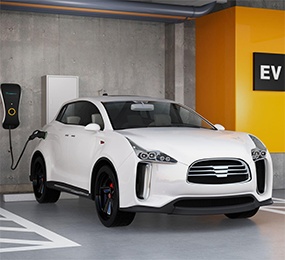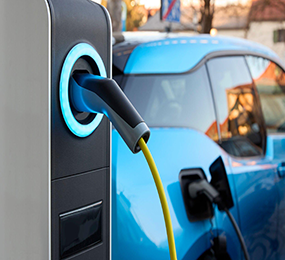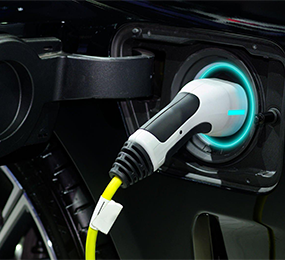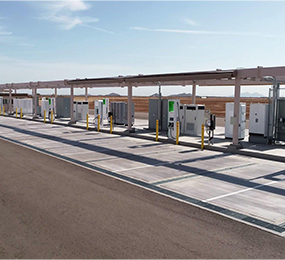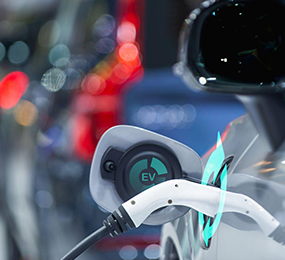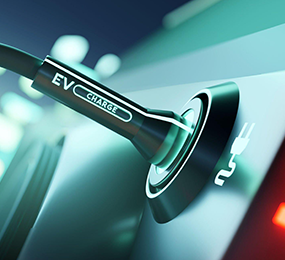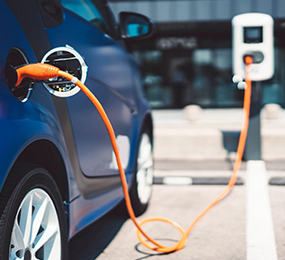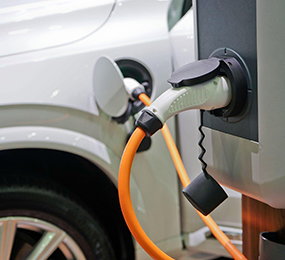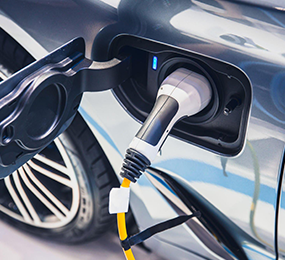DC/HPC infrastructure with battery storage
Electric cars have the potential to revolutionize the global transportation industry, significantly reducing carbon emissions and paving the path for considerable climate progress. Many electric vehicle owners charge their vehicles at home with a wall-mounted charger. This solution works for the vast majority of people since the average EV usage falls well within the capabilities of today's electric automobiles. However, two fundamental issues occur. For starters, parking garages are rarely equipped with charging infrastructure for drivers who reside in apartments, and adding such equipment may be prohibitively expensive for building management. Second, greater charging infrastructure is required for EVs to perform long-distance trips that necessitate several charging stops.
High-capacity charging (HPC)
High power charging is defined as Level 3 DC fast charging at 50 kW or more. Such technology will be critical in reducing charging times to those of traditional refueling. Such chargers will only be utilized in public due to the high capital expenditures and wide installation sites required. For new EV owners, this means much quicker charging speeds, frequently reducing the time required for a nearly full recharge by 30% to 70%. Chargers can offer all of the power that the market's new 800 V architecture-based EVs can need with the charging power of the HPC.
DC Quick Charging
Because DC Fast Charging eliminates all of the limits of the on-board charger and the needed conversion, charging speed has the potential to be considerably boosted. Charging periods vary depending on battery capacity, dispenser output, and other factors, but most cars may achieve an 80% charge in roughly or less an hour using most currently available DC fast chargers.
DC quick charging is critical for long-distance travel and big fleets. The rapid turnaround allows drivers to recharge throughout the day or on a short stop, rather than having to plug in overnight or for many hours for a complete charge.
MORE THROUGHPUT, POWER, AND REVENUE
While high power charging (HPC) significantly reduces charging time for a single car, it immediately enhances charging station throughput and improves the service level of a single charging spot.
The prospect of HPC charging is appealing to both new electric car consumers and charging service providers. However, for the time being, these new quick chargers are an uncommon event. Now is the moment for electric vehicle owners to search for HPC and are prepared to go the additional mile.
With HPC, it increases consumer flow and real estate value.
As the number of electric vehicles rises, an increasing proportion of these vehicles will be charged at public charging stations, as an increasing percentage of new electric vehicle owners do not have the ability to charge their vehicles at home.
This will result in an increase in the demand for public charging services. Charging location's throughput may not be a bottleneck right now, but it may become one in the not-too-distant future. Existing charging stations with medium to high usage may experience congestion during peak demand hours.
Visit our website to know more: https://bit.ly/3W0umUp
For more information and group participation, contact us: [email protected]
Leadvent Group - Industry Leading Events for Business Leaders!


